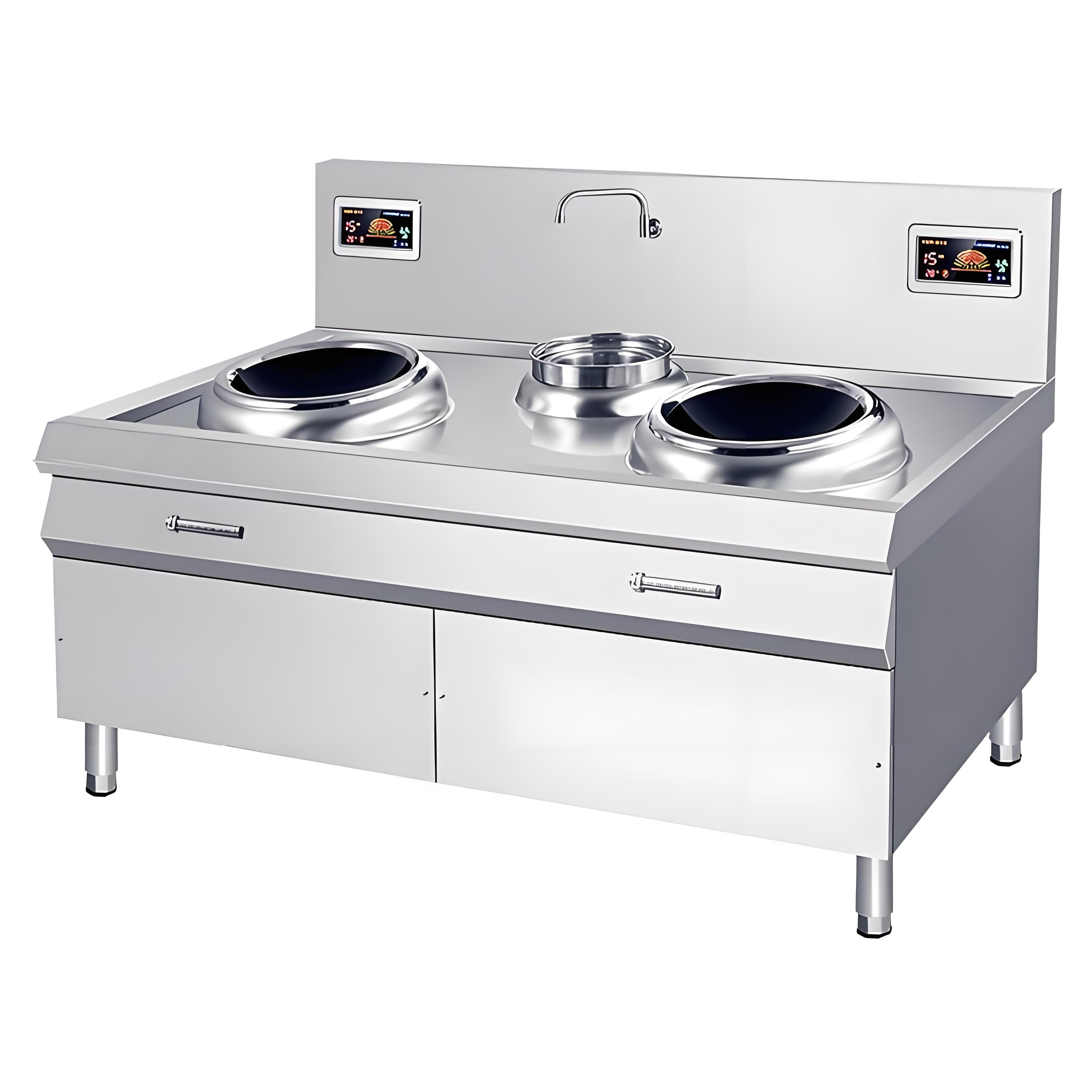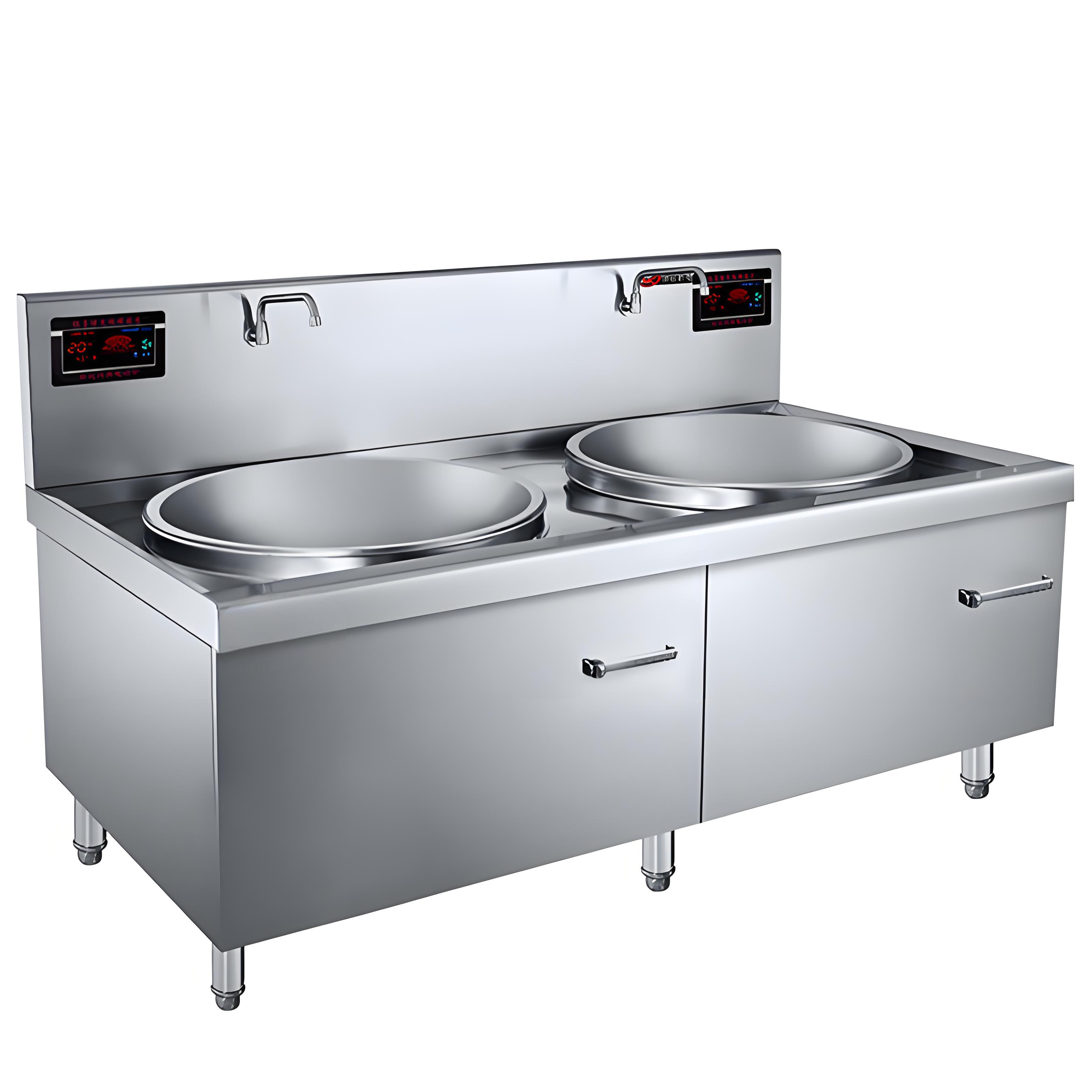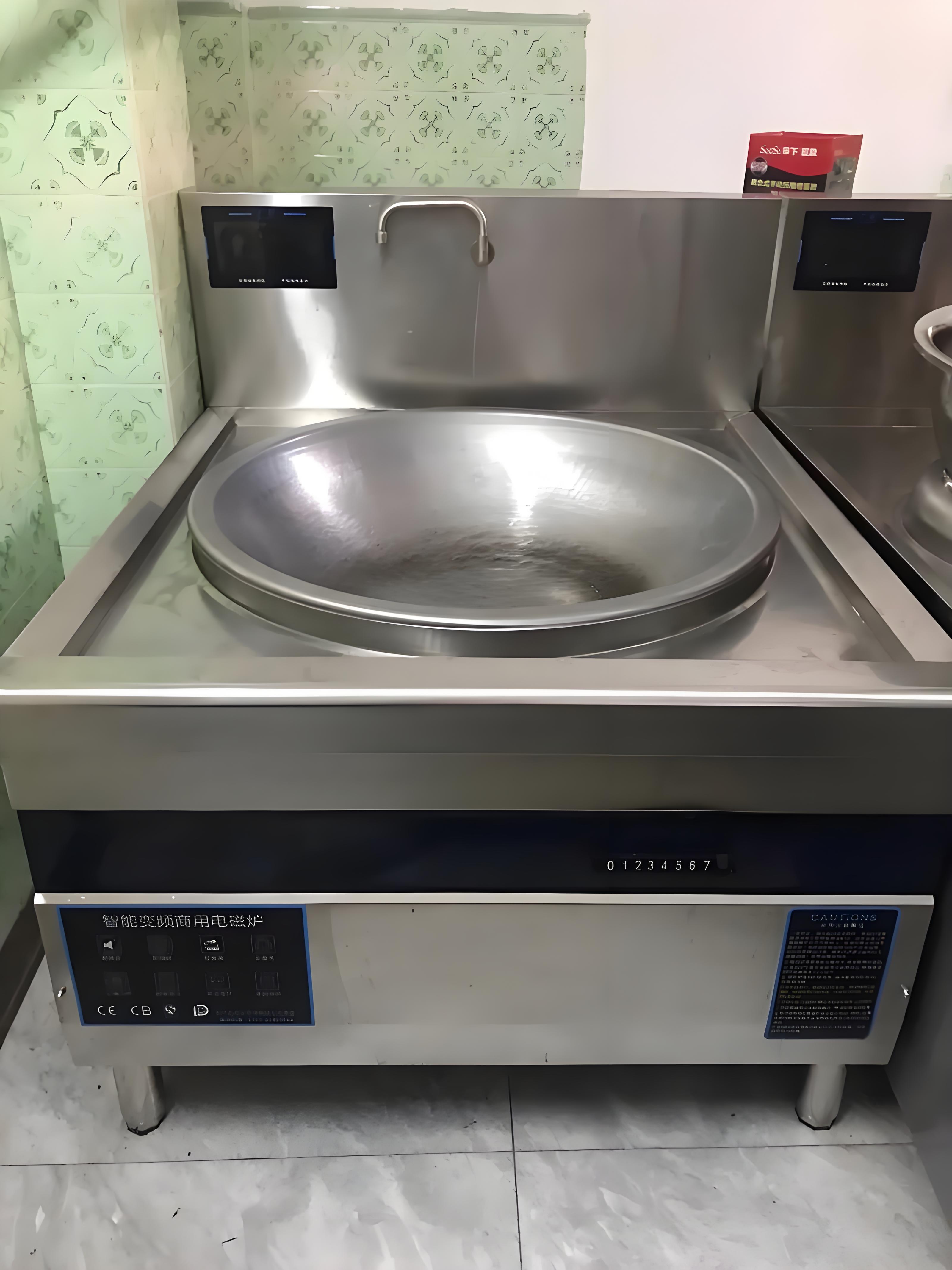In the bustling world of commercial kitchens, commercial induction cooktops are a staple. They offer efficiency, precision, and a modern cooking experience. However, like any piece of equipment, they can sometimes encounter issues, and one of the most common problems users face is the appearance of an error code on the display. Among these, the E1 error code is quite frequent. As someone who has been in this industry for years, I’ve seen countless chefs and kitchen staff puzzled by this code. In this article, I’ll delve into what the E1 error code means, its possible causes, and how to troubleshoot and resolve it.
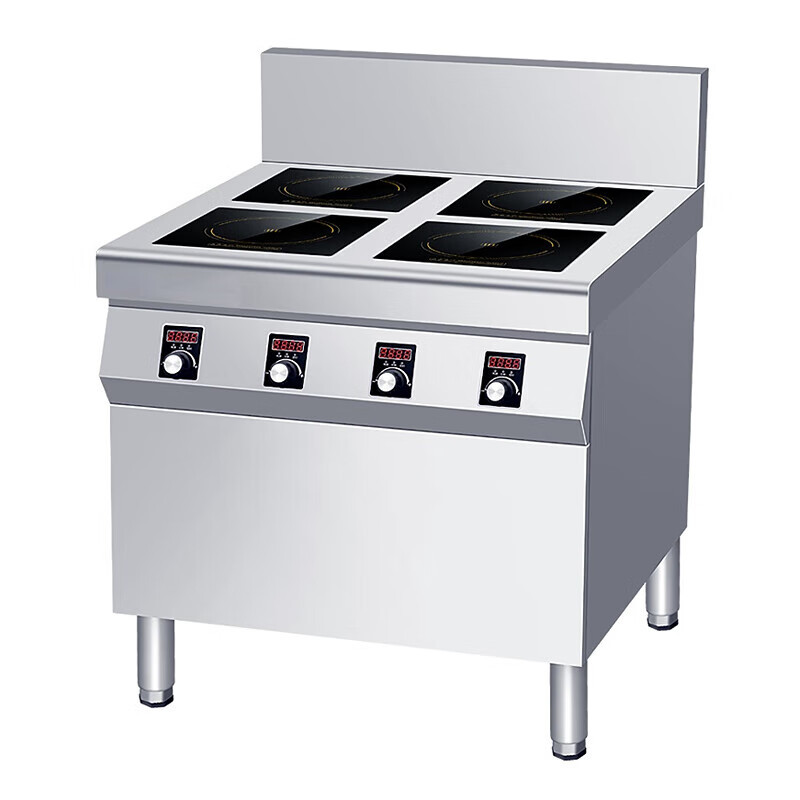
Understanding Error Codes on Commercial Induction Cooktops
Before we dive into the specifics of the E1 error code, it’s important to understand why commercial induction cooktops have error codes in the first place. These codes are a form of communication between the cooktop and the user. They indicate that something isn’t working as it should, and they help technicians and users diagnose and fix the problem more efficiently.
Each error code corresponds to a specific issue, and manufacturers usually provide a list of these codes in the user manual. However, since manuals can get lost or misplaced, and since not everyone has the time to read through them thoroughly, it’s helpful to have a general understanding of what these codes mean.
The E1 Error Code: What Does It Signify?
The E1 error code on a commercial induction cooktop typically indicates a power supply or voltage-related issue. This could mean that the cooktop is not receiving the correct voltage, that there’s a problem with the power cord or plug, or that there’s an issue with the internal power supply components of the cooktop.
Possible Causes of the E1 Error Code
Incorrect Voltage: Commercial induction cooktops are designed to operate within a specific voltage range. If the voltage supplied to the cooktop is too high or too low, it can trigger the E1 error code. This can happen due to fluctuations in the power grid, faulty wiring in the kitchen, or using the cooktop with an incompatible power source.
Faulty Power Cord or Plug: A damaged or frayed power cord, or a loose or corroded plug, can disrupt the power supply to the cooktop and cause the E1 error code to appear.
Internal Power Supply Issues: The cooktop’s internal power supply components, such as capacitors, resistors, or transformers, can fail over time due to age, overheating, or electrical surges. When these components fail, they can disrupt the power supply and trigger the E1 error code.
Overheating: Although overheating is more commonly associated with other error codes, in some cases, it can also cause the E1 error code to appear. Overheating can be caused by a blocked ventilation system, a faulty cooling fan, or using the cooktop at high power settings for extended periods.
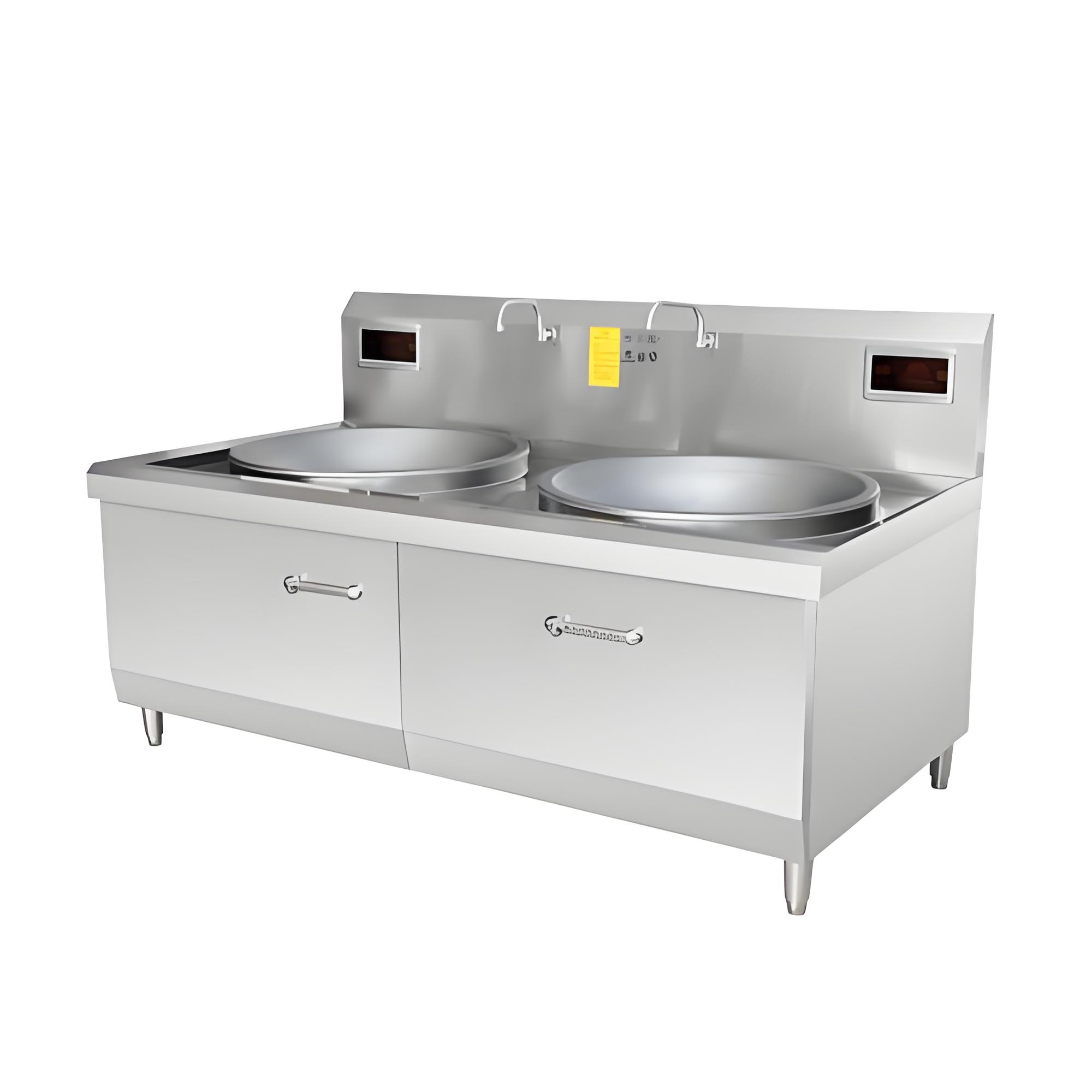
Troubleshooting the E1 Error Code
Now that we know what the E1 error code means and its possible causes, let’s look at how to troubleshoot and resolve it.
Step 1: Check the Power Supply
Verify the Voltage: Use a multimeter to check the voltage at the power outlet where the cooktop is plugged in. Make sure it’s within the specified range for your cooktop. If the voltage is too high or too low, you may need to contact an electrician to fix the issue.
Check the Power Cord and Plug: Inspect the power cord for any signs of damage, such as fraying or cuts. Also, check the plug for loose connections or corrosion. If you find any issues, replace the power cord or plug as needed.
Step 2: Inspect the Internal Power Supply Components
Open the Cooktop (If Safe to Do So): If you’re comfortable working with electronics and have the necessary tools, you can open the cooktop to inspect the internal power supply components. However, this should only be done if you’re confident in your abilities and if the cooktop is unplugged and safe to work on.
Look for Signs of Damage: Check the capacitors, resistors, and transformers for any signs of damage, such as bulging, leaking, or burning. If you find any faulty components, you’ll need to replace them with new ones of the same specifications.
Use a Multimeter for Testing: If you have a multimeter, you can use it to test the voltage and continuity of the power supply components. This can help you identify any faulty parts more accurately.
Step 3: Address Overheating Issues
Check the Ventilation System: Make sure the cooktop’s ventilation system is not blocked by any objects or debris. A blocked ventilation system can cause the cooktop to overheat and trigger the E1 error code.
Inspect the Cooling Fan: Check if the cooling fan is working properly. If it’s not spinning or making unusual noises, it may need to be replaced.
Reduce Power Settings: If you’ve been using the cooktop at high power settings for extended periods, try reducing the power settings to see if that resolves the issue.
Step 4: Seek Professional Help
If you’ve tried all the above steps and the E1 error code still persists, it’s time to seek professional help. Contact a qualified technician who has experience in repairing commercial induction cooktops. They’ll have the knowledge, skills, and tools to diagnose and fix the problem more accurately and safely.
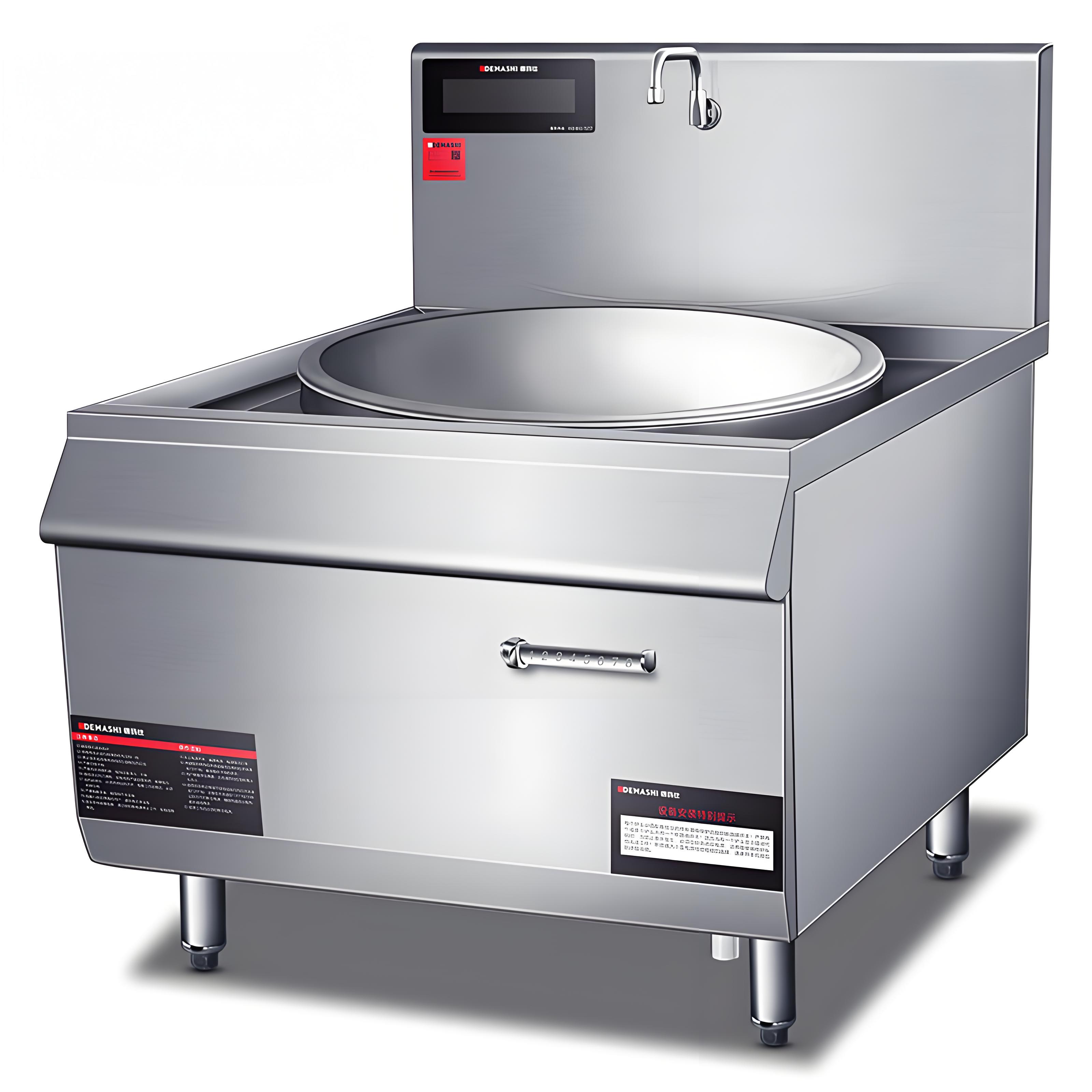
Table: Common E1 Error Code Causes and Solutions
| Cause | Solution |
|---|---|
| Incorrect Voltage | Use a multimeter to check the voltage at the power outlet. Contact an electrician if the voltage is too high or too low. |
| Faulty Power Cord or Plug | Inspect the power cord and plug for damage. Replace if necessary. |
| Internal Power Supply Issues | Open the cooktop (if safe) and inspect the power supply components. Replace any faulty parts with new ones of the same specifications. Use a multimeter for testing if available. |
| Overheating | Check the ventilation system for blockages. Inspect the cooling fan and replace if necessary. Reduce power settings if needed. |
Preventing the E1 Error Code in the Future
While it’s impossible to completely eliminate the risk of encountering the E1 error code, there are several steps you can take to prevent it from happening frequently:
Regular Maintenance: Schedule regular maintenance for your commercial induction cooktop. This can include cleaning the ventilation system, checking the power cord and plug, and inspecting the internal components for signs of wear and tear.
Use a Stable Power Source: Make sure your cooktop is plugged into a stable power source that provides the correct voltage. Avoid using extension cords or power strips that may not be able to handle the cooktop’s power requirements.
Avoid Overloading: Don’t overload the cooktop by using multiple high-power appliances on the same circuit. This can cause voltage fluctuations and trigger the E1 error code.
Follow Manufacturer’s Guidelines: Always follow the manufacturer’s guidelines for using and maintaining your commercial induction cooktop. This can help you avoid common mistakes and prolong the lifespan of your equipment.
Conclusion
The E1 error code on a commercial induction cooktop can be a frustrating issue to encounter, but with a little knowledge and some troubleshooting skills, you can usually resolve it on your own. By understanding what the error code means, its possible causes, and how to troubleshoot and resolve it, you can keep your cooktop running smoothly and efficiently. And if you ever find yourself in over your head, don’t hesitate to seek professional help. After all, in the fast-paced world of commercial kitchens, downtime is not an option.
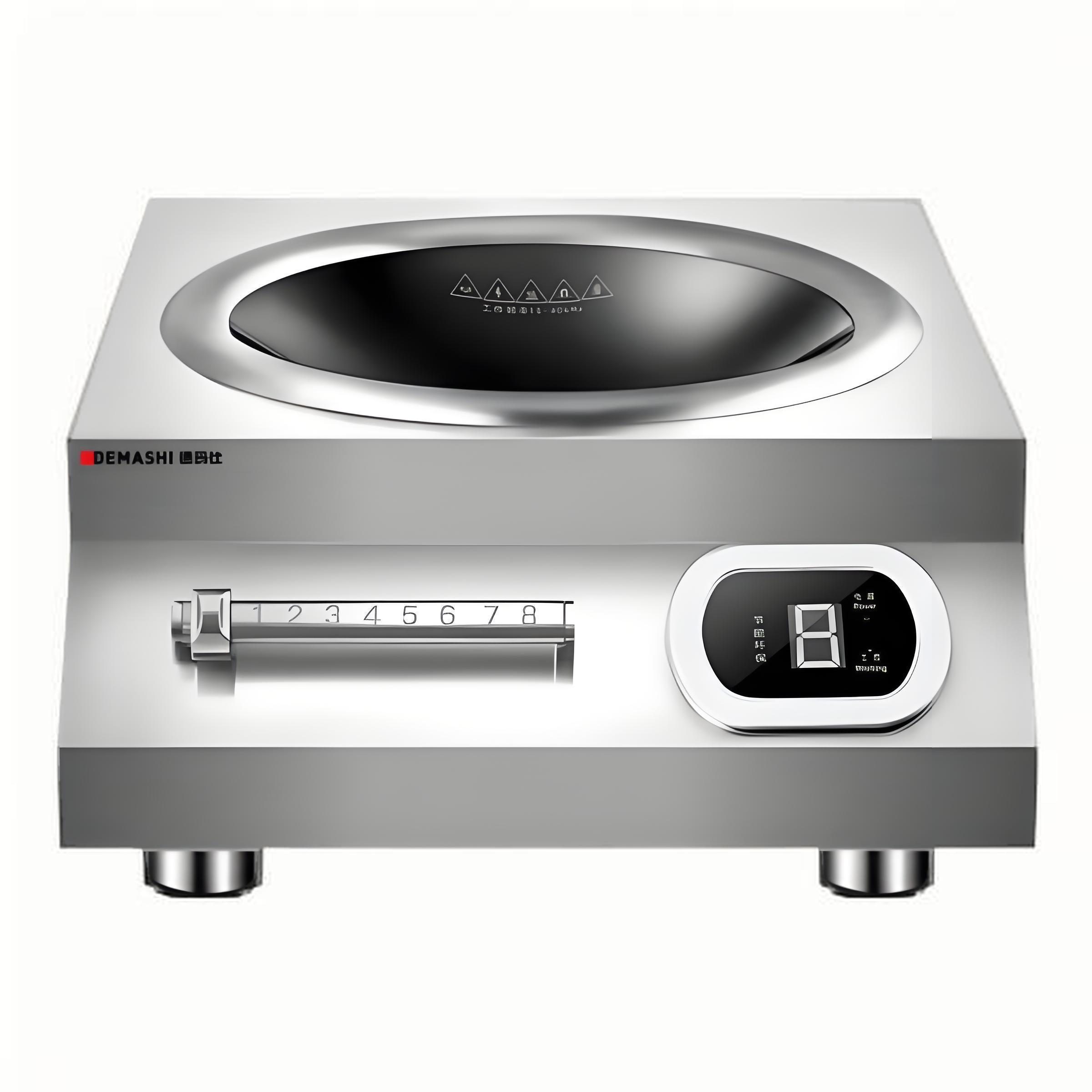
Related Questions
Q1: Can I continue using my commercial induction cooktop if the E1 error code appears?
A1: It’s not recommended to continue using your commercial induction cooktop if the E1 error code appears. The error code indicates a power supply or voltage-related issue, which could potentially damage the cooktop or pose a safety hazard. It’s best to troubleshoot and resolve the issue before using the cooktop again.
Q2: How can I tell if the E1 error code is due to a power supply issue or an internal component failure?
A2: You can start by checking the power supply at the outlet using a multimeter. If the voltage is within the specified range, then the issue is likely with an internal component. You can then open the cooktop (if safe) and inspect the power supply components for signs of damage. If you’re not comfortable doing this yourself, it’s best to contact a qualified technician for assistance.
Q3: Can I replace the faulty power supply components myself?
A3: If you have experience in electronics repair and the necessary tools, you may be able to replace the faulty power supply components yourself. However, it’s important to note that working with electrical components can be dangerous, and if you’re not confident in your abilities, it’s best to leave it to a professional technician.
Q4: How often should I schedule maintenance for my commercial induction cooktop?
A4: The frequency of maintenance depends on the usage of your cooktop. In a busy commercial kitchen, it’s recommended to schedule maintenance at least once a year. For less frequent use, you may be able to stretch it to every two years. However, always keep an eye on the condition of your cooktop and schedule maintenance more often if you notice any issues or signs of wear and tear.
Q5: What should I do if I can’t find the user manual for my commercial induction cooktop?
A5: If you can’t find the user manual for your commercial induction cooktop, you can try searching for it online on the manufacturer’s website. Many manufacturers provide digital copies of their user manuals for download. If you can’t find it there, you can contact the manufacturer’s customer support for assistance. They may be able to provide you with a copy of the manual or guide you through the troubleshooting process over the phone.
